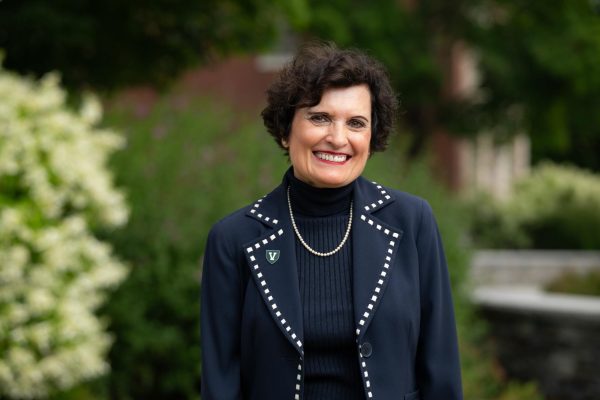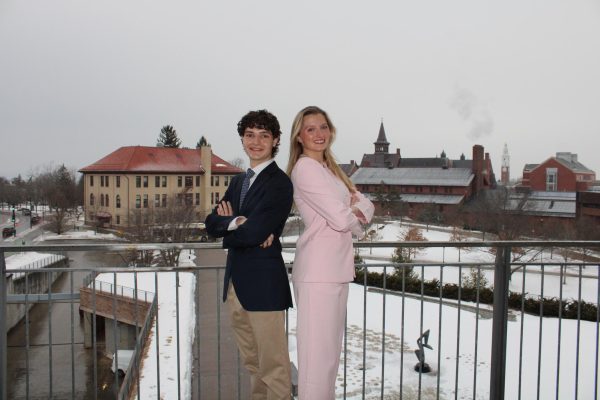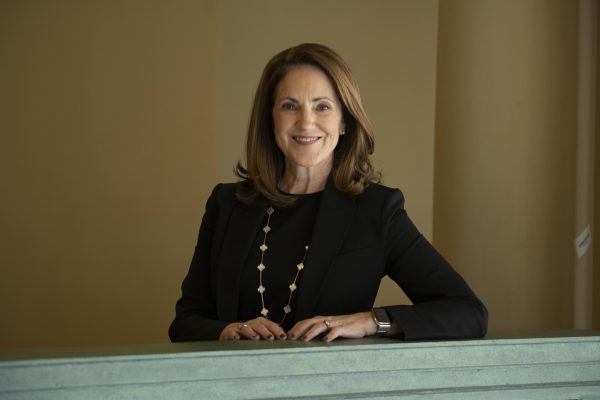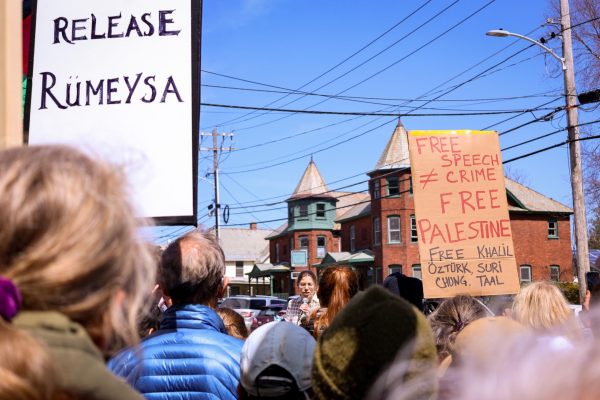Professor studies natural disasters

Ten years ago, a UVM professor of sociology went to New Orleans to begin a seven-year research project studying the effects of natural disasters on children, specifically Hurricane Katrina.
Over the course of these years, UVM professor Alice Fothergill and co-author Lori Peek, a sociologist from Colorado State University, conducted research aiming at understanding as much as they could about children’s experience with Hurricane Katrina.
Fothergill and Peek interviewed hundreds of children, but featured seven children in their newly released book, “Children of Katrina,” who are representative of many more affected.
“A couple of things really stand out,” Fothergill said. “One is that recovery is an incredibly long process; it’s not an endpoint, it’s a process, it goes on and on, and it’s uneven and lengthy and often very difficult for children.”
“It was very clear to us that it was not individual characteristics of the children, so it wasn’t how resilient they were, or industrious, or intelligent,” she said. “It was structural disadvantages that made the most difference in how their lives played out after the disaster. So having social, economic and political resources made the most difference.”
Evaluating all spheres of the children’s lives, their family, housing and neighborhood, physical and mental health, extracurricular activities, recreation, religious involvement, participation in sports, schools and relationships with peers, Fothergill and Peek found that advantages and disadvantages these heavily influenced the trajectories of the children’s lives.

Fothergill and Peek categorized the children’s lives following the disaster into three distinct trajectories: declining, finding equilibrium and fluctuating.
Children who were declining had severe and simultaneous disruption in their lives, and were most disadvantaged before the disaster, Fothergill said.
“That is something we call cumulative vulnerability, things were building and building and building and they were incredibly vulnerable,” she said.
“The second one we call finding equilibrium, and this smaller group of children, after a short initial decline, they found stability,” Fothergill said. “So this group, their families, by and large, had resources, and for example, the way resources really played out for them is most of those children were able to leave before the levees broke.”
“The third group of kids, they weren’t as vulnerable as the declining trajectory kids and they weren’t as stable as the finding equilibrium, and their lives continued to go up and down for the seven years that we studied them. So for example, we might have a child who is perhaps doing well in one sphere of their life but not in another,” she said.
“Most Americans are just one disaster away from downward mobility,” Fothergill said.
Sophomore Kieran McBrien lived on Long Beach Island, New Jersey when Hurricane Sandy hit in 2012.

Her father’s construction business initially struggled after the storm, but it also served as a key resource in helping the family recover financially.
Her family lost about $20,000 in damages to their home, she said.
“My dad lost all of his power tools, his business plummeted because he didn’t have any of the materials for work, but after that happened, he was getting like seven to eight calls every day from people who wanted their houses redone,” McBrien said.
“The business was really affected, initially plummeting, but it also skyrocketed,” she said.
“My little sister is terrified, every time it rains now, she asks us if it’s going to flood,” McBrien said. “We didn’t have power for two weeks, or heat, so we couldn’t stay in our house. She’s super scarred from it, because she was young.”
“Family was a huge resource, family was coming all over the country to help their relatives pick up the mess,” she said.









